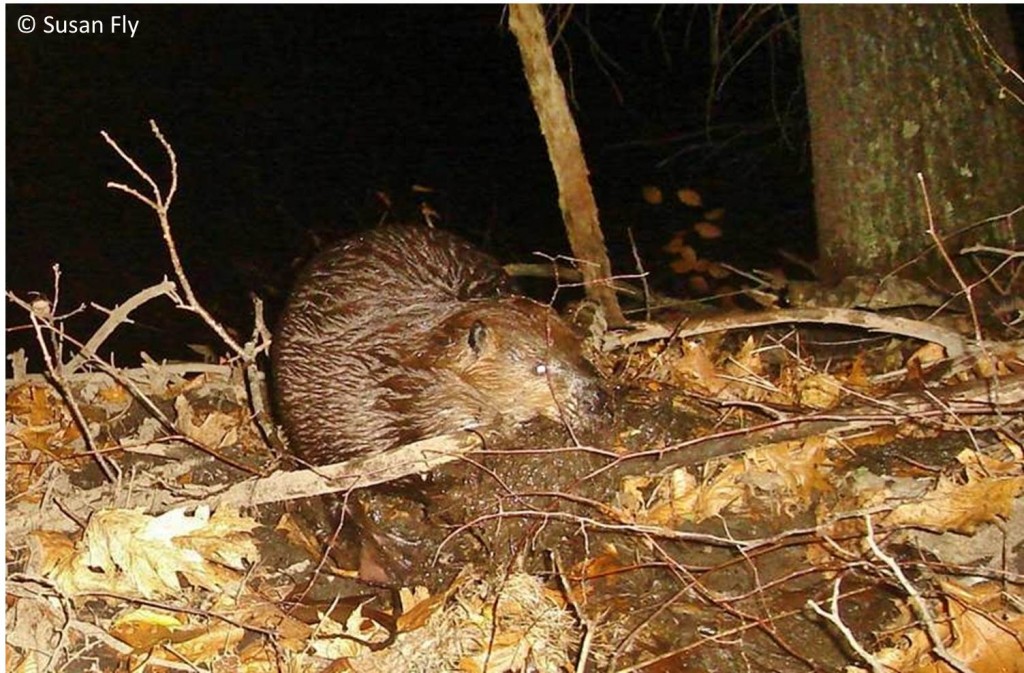
Beaver at work on land. Photo taken by remote camera by my good friend and fellow wildlife enthusiast, Susan Fly.
What does beaver appreciation have to do with sustainable living? A lot, believe it or not! Most of us know that the work of Castor canadensis, North America’s largest rodent, can be a tremendous inconvenience for people, but there are good reasons to tolerate them whenever possible. Beavers actually create habitat for many other animals: dragon flies, fish, frogs, toads, turtles, salamanders, muskrat, mink, otter, moose, and a wide variety of birds. In fact, the beaver’s activity is so important to so many other kinds of wildlife, that biologists consider them a keystone species. Read on, to learn how this remarkable animal lives and works, and how it creates habitat for so many other species.
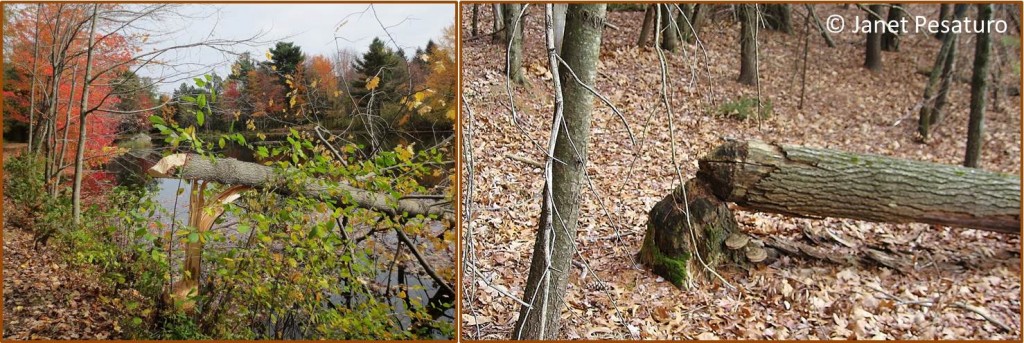
These trees were felled by beaver. The color of the cut wood reveals how recently the trees were cut. Freshly cut tree on left, and a tree cut at least a year before the photo was taken on right.
Beaver as lumberjacks
Beavers eat the leaves, twigs, and the inner living layer of bark, called cambium. They prefer deciduous trees, especially aspens and willows, but will eat conifers when desperate.
Beavers can’t climb trees, so instead they bring the leaves and twigs down to the ground, by felling the tree. They do this by gnawing with their large, sharp incisor teeth. Once the tree is down, they might eat some of the leaves and twigs on land. Sometimes they cut the larger branches and trunk into small sections, which they drag out to the water to use as building material. (By the way, beavers also eat shrubs and many other kinds of non-woody plants.)
The felling of trees in and of itself benefits other wildlife, because it opens up the forest floor to sunlight, allowing wildflowers to grow and shrubs and small trees to produce more fruit. The flowers provide nectar for insects, and, when they go to seed, food for birds. And berry producing shrubs feed many mammals and birds.

Look behind the beaver dam to see the new pond. The trees in that pond will gradually die and eventually fall.
Beavers as master builders
Beavers use the wood from felled trees to dam up streams, causing water to flood the forest, creating a pond. The trees in the pond will gradually die, and as they die, the wood rots. Woodpeckers of many different sizes can then excavate the softened wood to create nest cavities of different sizes. When the woodpeckers leave, other animals that can’t create their own tree cavities can use the abandoned woodpecker cavities. Bluebirds, tree swallows, and flying squirrels are just a few of the species that use them.
Once the pond is formed, beavers usually construct a lodge out of branches and mud for year round shelter. A firm plastering with mud makes the lodge wind and weather proof, which is especially important in cold winter areas. A lodge typically houses litters of the current and previous spring. Yearlings often stay to help parents raise the kits of the year, gaining experience that might improve their own chances of successful reproduction. Since litters often consist of 2, a typical family consists of 6 individuals: 2 parents, 2 yearlings, and 2 kits. Amazingly, beavers sometimes allow muskrats to live with them in the lodge. In this video, you can see a muskrat family in the lodge, and at the very end, a beaver enters.
Beaver scent mounds and tracks
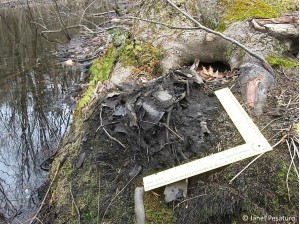
A beaver pushed pond debris onto the shore to create this scent mound. The ruler shows approximate size of this mound, but they can be much larger.
The dam, the lodge, and gnawed tress are obvious signs of beaver presence, but there are more subtle signs, as well. Scent mounds are one such sign. Beavers dredge up mud and debris from the bottom of the pond, push it onto the shore, and then deposit secretions from castor glands and anal scent glands. Beavers can actually identify by scent, whether the animal who left the secretion is a family member of not. So this kind of territorial marking is a family’s way of announcing its occupation of the area, and recognizing intruders.
Footprints are an infrequent sign of beaver presence. You might see the flipper-like webbed tracks in mud or snow, but usually they are erased by the large, flat tail which drags on the ground as the beaver waddles.
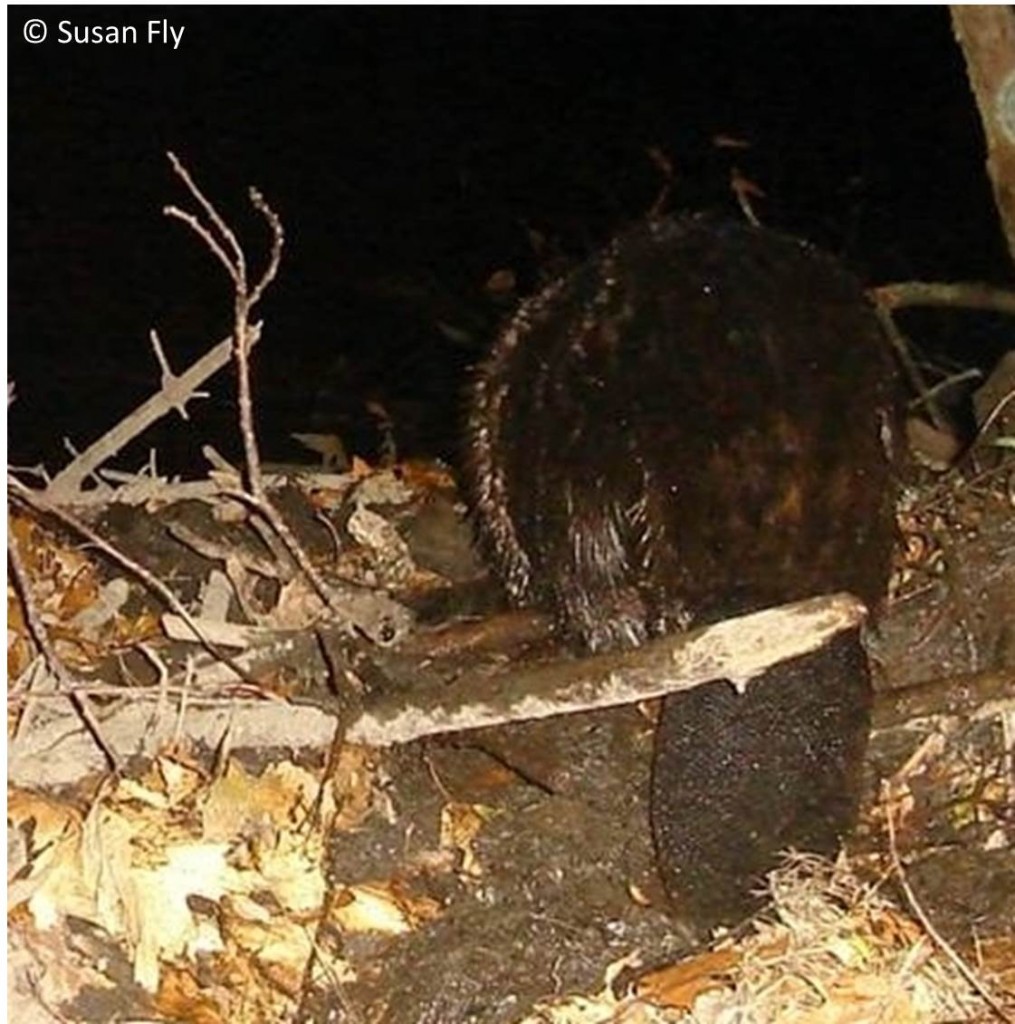
The beaver’s large, flat tail serves as a rudder when swimming, but on land, it often wipes the animal’s tracks into obscurity. Photo by Susan Fly (remote camera).
Beavers as environmental engineers
Eventually, beavers disappear from their pond and lodge, sometimes because they’ve exhausted favored plant foods, and sometimes due to persecution by humans. Lack of feeding sign is usually a give away to their absence, but sometimes you can tell from the appearance of the lodge, too. The outer layer of weather-proofing mud requires constant maintenance. When beavers leave, the mud dries up and crumbles off. The lodge in the photo to the right probably does not house beavers anymore, because only the wood skeleton remains. But the lodge continues to be of great value for other wildlife. Muskrats use them for denning, river otters rest in them, and geese nest on top of them.
And, long after the beavers are gone, many species will continue to use the wetland for food, shelter, and breeding. Without beavers to maintain the dam, the pond will eventually drain and become a wet meadow. At that point, there will not be enough water to support pond fish, but it will still attract a wide variety of butterflies, birds, and mammals. Eventually, trees will grow in and reclaim the land as forest, forcing pond and meadow species to leave. But they will find other beaver ponds and wet meadows elsewhere…if we humans allow beavers to do their thing.
So aside from their tremendous contribution to biodiversity conservation, which provides great recreational opportunities, what do beavers do for people? Quite a bit, actually, in terms of ecosystem services:
- Their ponds are water storage areas, keeping the water table high.
- Their leaky dams gradually release water, providing better flood control than concrete dams.
- The slowed water flow allows time for natural cleansing of water. Pollutants can be adsorbed to sediments, decomposed by micro-organisms, and chemically transformed by plants.
So you can see that coexisting with beavers is crucial for the well-being of a myriad of species….including ourselves.
Shared on:











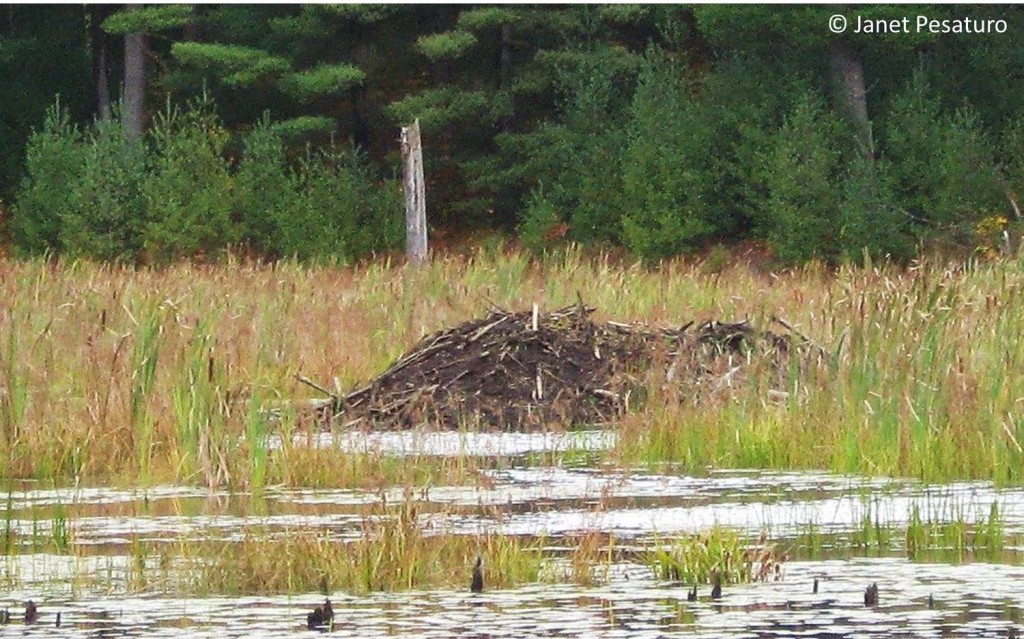

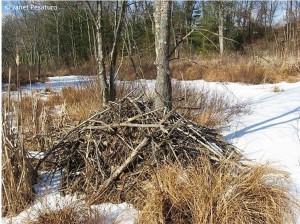
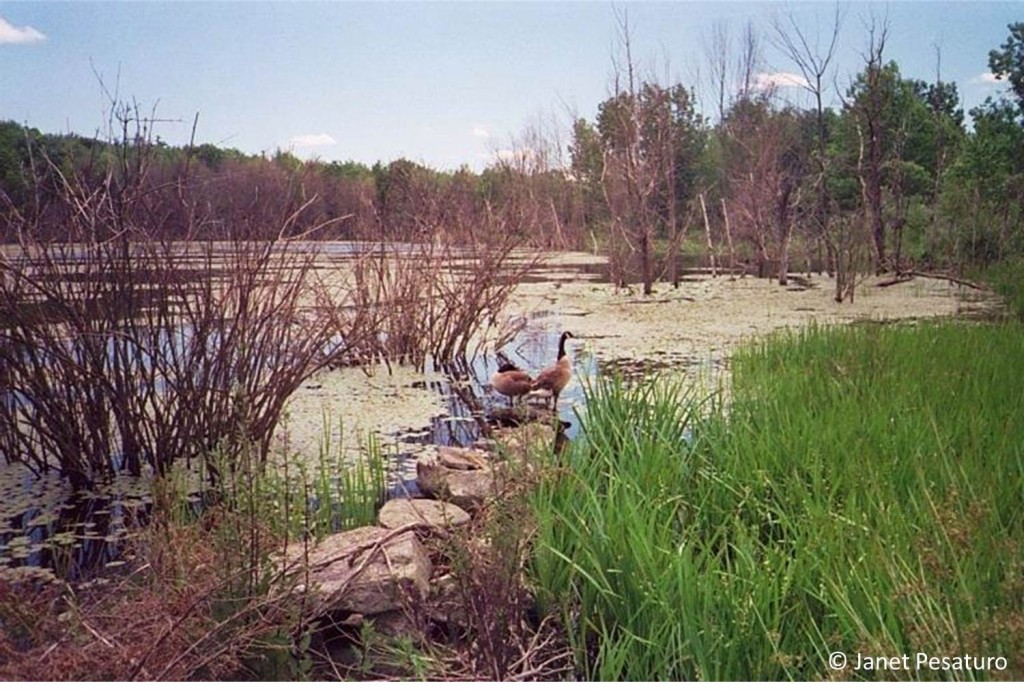
Wonderful information about the Beaver’s importance to our ecosystem. I’d like to see this published in the newspapers because the public needs more exposure to information like this!
Thank you, Linda. I agree that people need to be more aware of the beaver’s ecological role!
Janet, I love your post about beavers! I learned so much, and now have even more respect for them than ever. Nature works in such beautiful symmetry, and I am fascinated with all the parts the beavers and their work play in that. You and your friend Susan provided really lovely photography. Thank you!
Glad you enjoyed it, Joy!
Pingback: How to Set up a Camera Trap - One Acre Farm
Pingback: 10 Selfish Reasons to Protect Biodiversity - One Acre Farm
Pingback: Permaculture Principles for Practical Gardeners and Farmers - One Acre Farm
Thanks for writing Beaver: appreciating nature’s other engineer – Liked it!